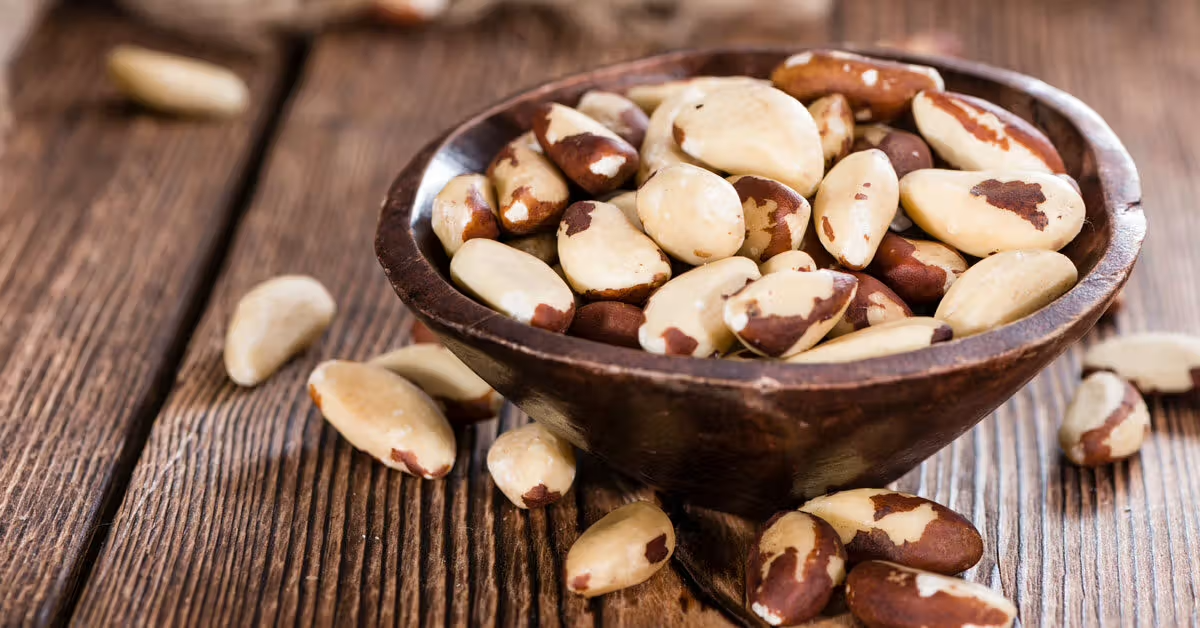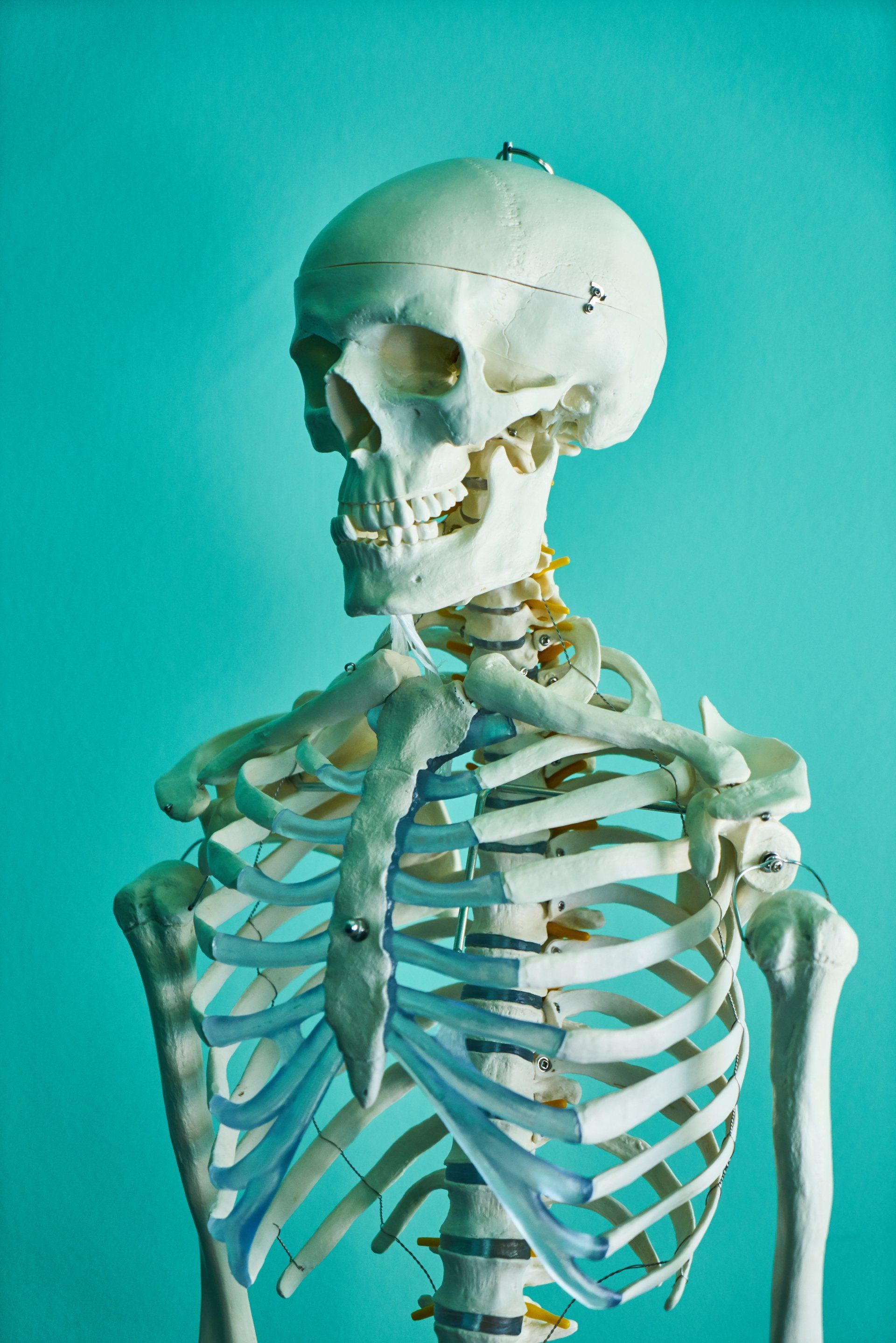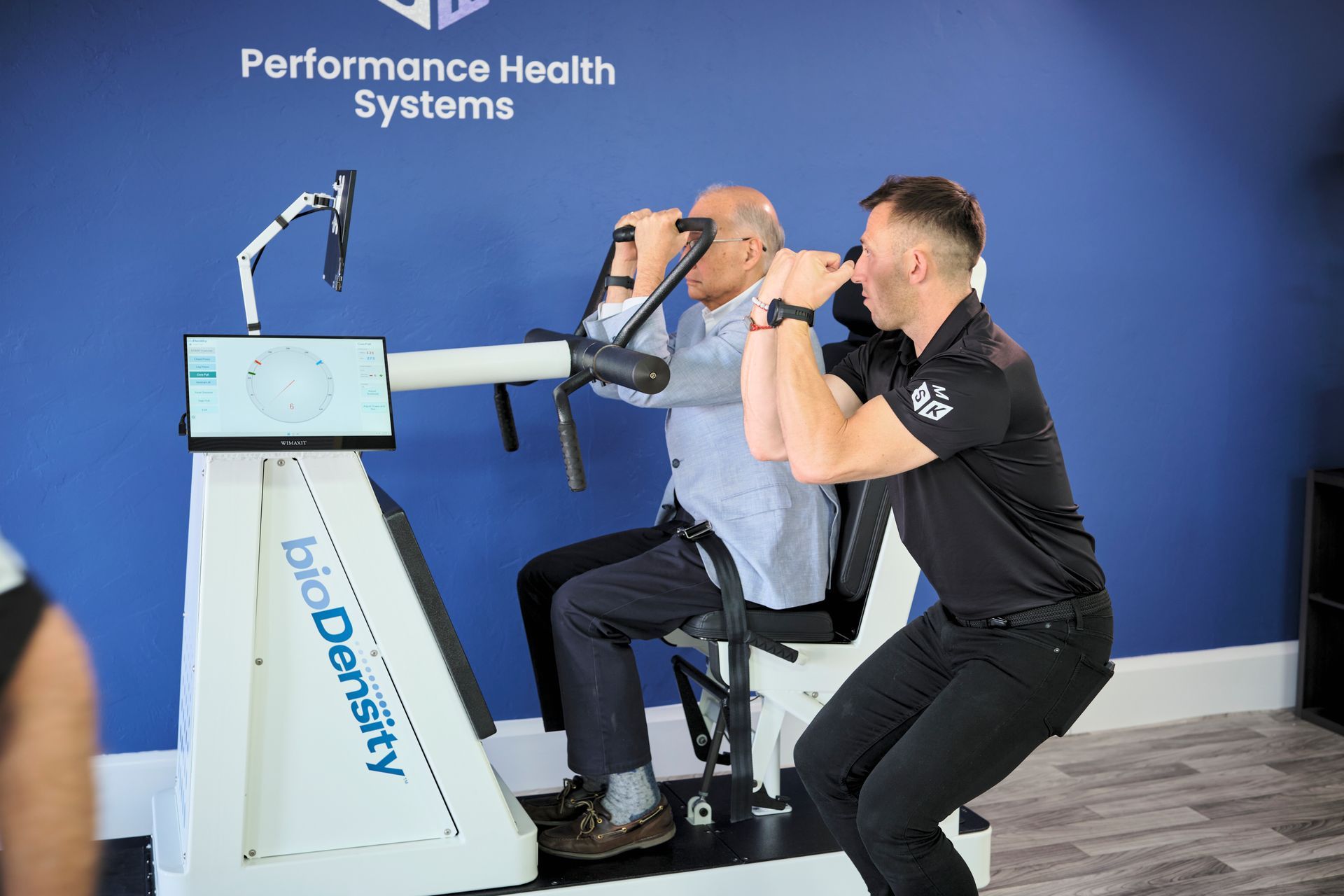In the pursuit of health and fitness, the significance of strong bones and muscles cannot be overstated. For athletes, seniors, and everyday fitness enthusiasts, maintaining and enhancing bone density and muscle strength is crucial. Enter bioDensity, an innovative approach to exercise designed to maximize these essential aspects of health through scientifically-backed methods. But what exactly is bioDensity, and how does it work for different types of users?
What is bioDensity?
bioDensity is a specialised exercise system that utilises high-intensity, low-impact resistance training to stimulate bone and muscle growth. Unlike traditional weightlifting or cardio exercises, bioDensity focuses on maximal static contractions—holding a muscle contraction for a few seconds at maximal effort. This approach is designed to mimic the natural forces the body experiences during high-impact activities like jumping or running, but in a controlled, safe environment.
How bioDensity Works
The bioDensity system employs four key exercises that target major muscle groups and bones:
- Chest Press
- Leg Press
- Core Pull
- Vertical Lift
Each exercise is performed using a specialised machine that measures and adapts to the user’s force output. The user exerts maximal effort for a short duration, usually around 5-10 seconds per exercise. This high-intensity, brief exertion triggers the body’s adaptive responses, promoting bone and muscle strengthening.
Benefits for Different Types of Users
Athletes
Athletes often require robust muscle strength and bone density to enhance performance and prevent injuries. bioDensity offers several advantages for this group:
- Enhanced Performance: The maximal effort exercises improve muscle strength and power, contributing to better athletic performance.
- Injury Prevention: Stronger bones and muscles help in reducing the risk of fractures and other injuries, which are common in high-impact sports.
- Efficient Training: Athletes can integrate bioDensity sessions into their training regimens, benefiting from the short, intense workouts without adding significant time to their routines.
Seniors
As we age, maintaining bone density and muscle mass becomes increasingly important to prevent conditions like osteoporosis and sarcopenia (age-related muscle loss). bioDensity is particularly beneficial for seniors because:
- Bone Health: The system's ability to stimulate osteogenesis (bone growth) helps combat the natural decline in bone density associated with aging.
- Muscle Maintenance: Regular bioDensity training helps in maintaining and even increasing muscle strength, which is vital for mobility and independence in older adults.
- Low Impact: The exercises are low-impact, reducing the risk of injury during the workout itself, making it a safe option for seniors with joint concerns.
Everyday Fitness Enthusiasts
For those looking to enhance their overall fitness, bioDensity provides a time-efficient and effective solution:
- Time Efficiency: With sessions typically lasting just 10-15 minutes, bioDensity is perfect for busy individuals seeking a quick yet effective workout.
- Comprehensive Strengthening: The exercises target all major muscle groups, offering a full-body workout that can complement other fitness activities.
- Trackable Progress: The bioDensity machine records performance data, allowing users to track their progress and set measurable goals.
Scientific Backing
The effectiveness of bioDensity is supported by research indicating that high-intensity, short-duration resistance training can significantly improve bone density and muscle strength. Studies have shown that osteogenic loading (the type of loading experienced during bioDensity exercises) can lead to substantial improvements in bone mineral density, which is crucial for preventing fractures and maintaining overall skeletal health.
Conclusion
bioDensity represents a cutting-edge approach to enhancing bone density and muscle strength, tailored to meet the needs of diverse user groups—from athletes seeking performance gains to seniors aiming to preserve their mobility. Its efficiency, safety, and scientifically-backed methods make it a valuable addition to any fitness regimen. Whether you're looking to boost your athletic performance, maintain your independence as you age, or simply improve your overall fitness, bioDensity offers a powerful, time-efficient solution.
Share Post







